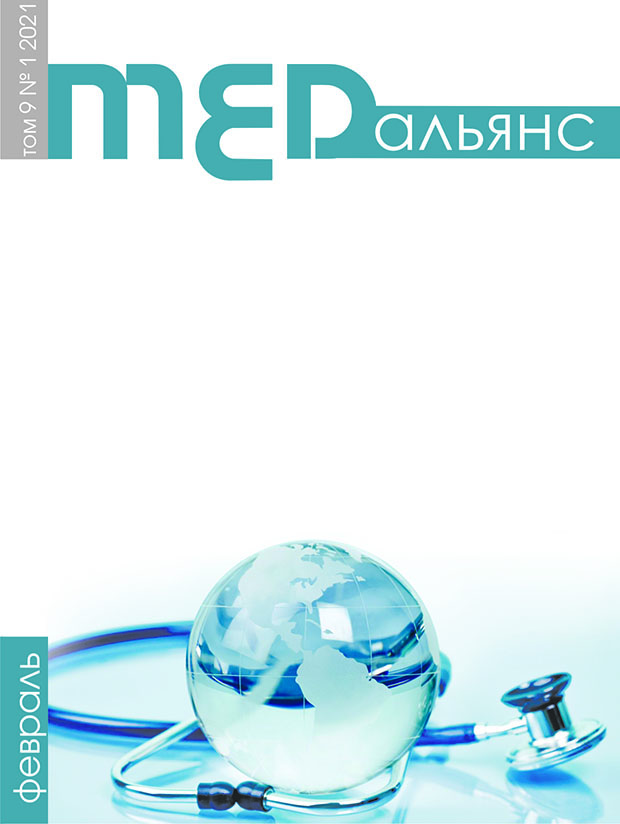Аннотация
Травматические повреждения, как и дегенеративные заболевания нервной системы, широко распространены в настоящее время, поэтому актуален вопрос о возможности применения новых методов их лечения, таких как стимуляция репаративного нейрогенеза факторами роста, в клинической практике.
Цель ана-литического обзора: на основе анализа источников литературы рассмотреть результаты экспериментального применения различных факторов роста для стимуляции репаративного нейрогенеза и нейропротекции и оценить перспективы их клинического применения.
Материалы и методы исследования. Поиск источников литературы проводился в откры-тых базах научной литературы PubMed, Cyberleninka и научной электронной библиотеке eLIBRARY.RU по ключевым словам и их словосочетаниям: «репаративный нейрогенез», «нейропротекция», «нервная ткань», «нейротрофические факторы», «факторы роста», «им-плантация» (на русском и английском языках). Глубина поиска — 20 лет.
Результаты. Рассмотрено стимулирующее и угнетающее влияние нейротрофинов NGF, CNTF, NF3, NF4, BDNF, GDNF, а также протеина Shh на регенерацию нейронов и глиальных клеток централь-ной и периферической нервной системы и специфичность их действия на конкретные клетки. Освещено влияние таких неспецифических трофических факто-ров, как ЕGF, FGF, IGF-1, VEGF, стимуляторов эритропоэза и ретиноевой кислоты на жизнеспособность клеток нервной системы. Приведена информация о результатах использования различных способов имплантации факторов роста.
Заключение. Установлено, что в настоящее время при проведении преимущественно доклинических исследований экспериментально достигнуты как положительные, так и отрицательные результаты использования нейротрофинов и неспецифических факторов роста для стимуляции репаративного нейрогенеза и нейропротекции. Отмечены специфичность их действия на различные нейроциты и зависимость эффекта от выбранного пути введения в организм при проведении терапии. Сделан вывод о необходимости дополнительных исследований для решения вопроса о рекомендации данных факторов к клиническому применению.

